Photos taken by Audrey Pegouske (Kalamazoo College), Student Correspondent for CET Beijing, Fall 2025
A student’s responsibilities largely revolve around academic involvement, presentation prep, and seemingly endless rounds of homework. But the real learning comes from how you apply that knowledge, and the time you take to drill vocab words or abstract concepts into your memory becomes all the more worthwhile. Through some highly impactful CET-led activities, I have had the opportunity to absorb the remnants of history as they lay preserved in famous sites, expanding the profundity of my worldview while applying lessons for lifelong learning and personal fulfillment.
Cultural Activities
Whether or not you are gifted with artistic skills, taking part in group activities centered around creative expression will always foster bonding and enthusiasm. All CET students came together to learn from a calligraphy master who has been teaching since 2009 to learn about the history of the ancient inking technique, taking a go at recreating the traditional strokes of the character “福” (fú) meaning “luck,” in all its variations evolving across each dynasty.
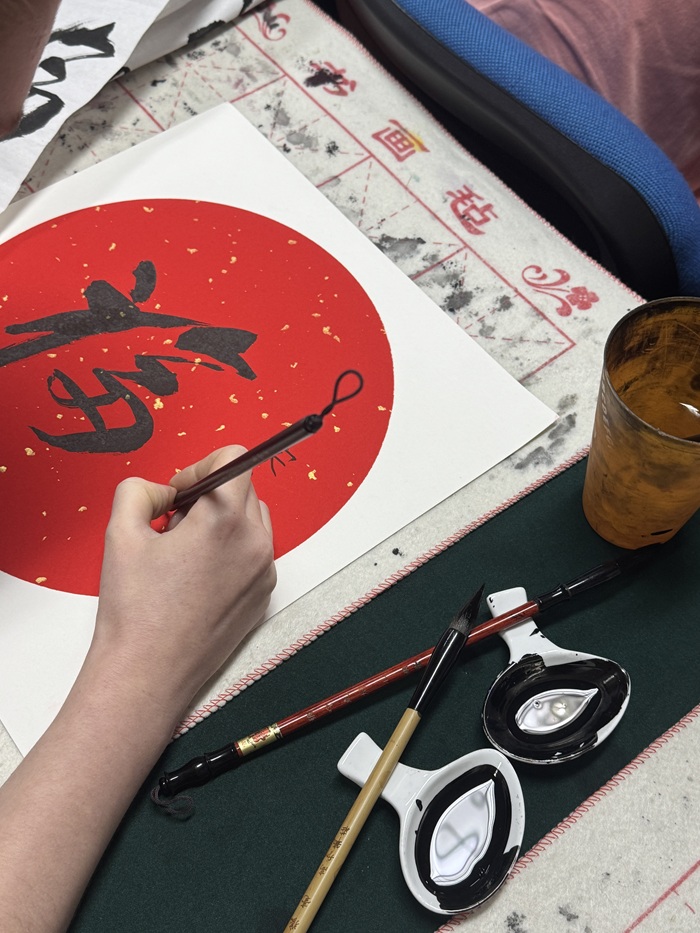
A staple of Beijing cuisine, “烤鸭” (kǎoyā) or peking duck is often served with an assortment of thinly sliced vegetables, sugar, and sauces to complement its crispy skin. This melt-in-the-mouth experience took our learning of Chinese table etiquette out of the classroom and into the most important place: our stomachs.
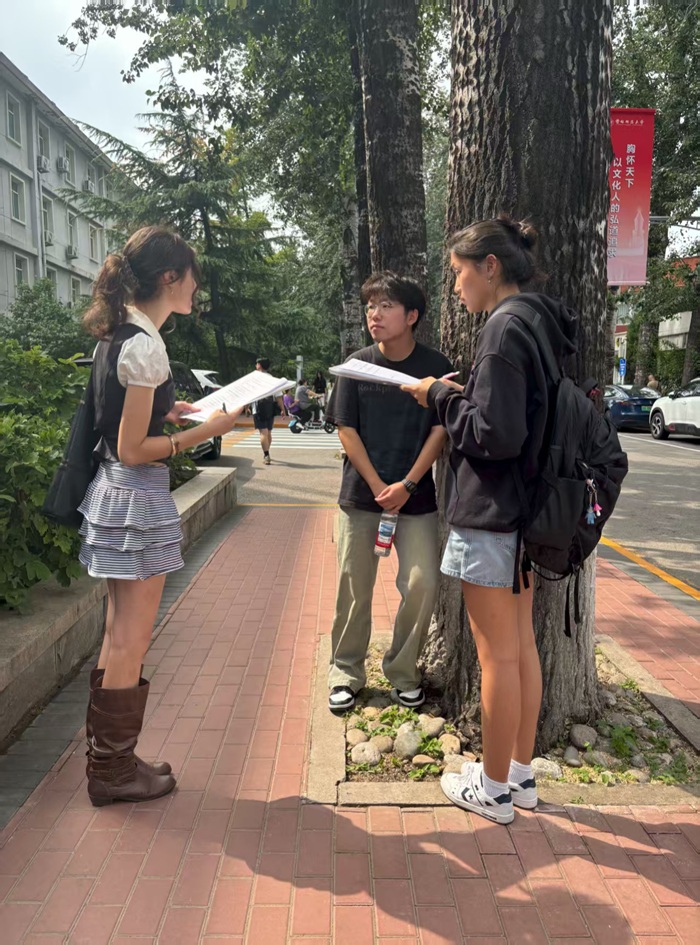
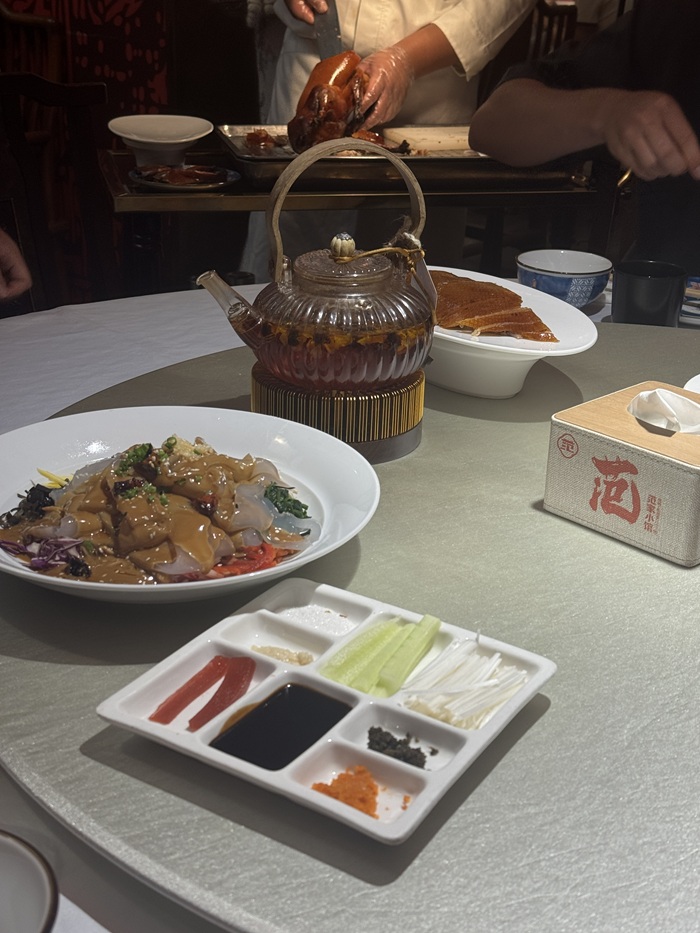
Another aspect of language immersion is conversing with locals and fellow students in the target language, so you can pick up the natural cadence and become comfortable with making mistakes. This photo is of me and my classmate conquering our nerves as we interview a Beijing CNU student about their experience with Putonghua, or standard spoken form.
Confucius Temples (孔子庙)
For another round of interviewing, my class took a trip to the Confucian Temple and Imperial College Museum in Dongcheng. Overflowing with greenery and quiet spaces for introspection, many of the visitors come here to seek solitude amidst the gentle wind. Through this, we were able to discuss the education system in China and gain a better perspective of current reform efforts.
A row of pavilions frames a woman being photographed in traditional dress, as the light softly lingers atop cobblestones and ornate tiles. Professional photoshoots are a very popular activity in China for visitors and locals alike, as they provide an opportunity to transport yourself into the past and admire fashion’s development.
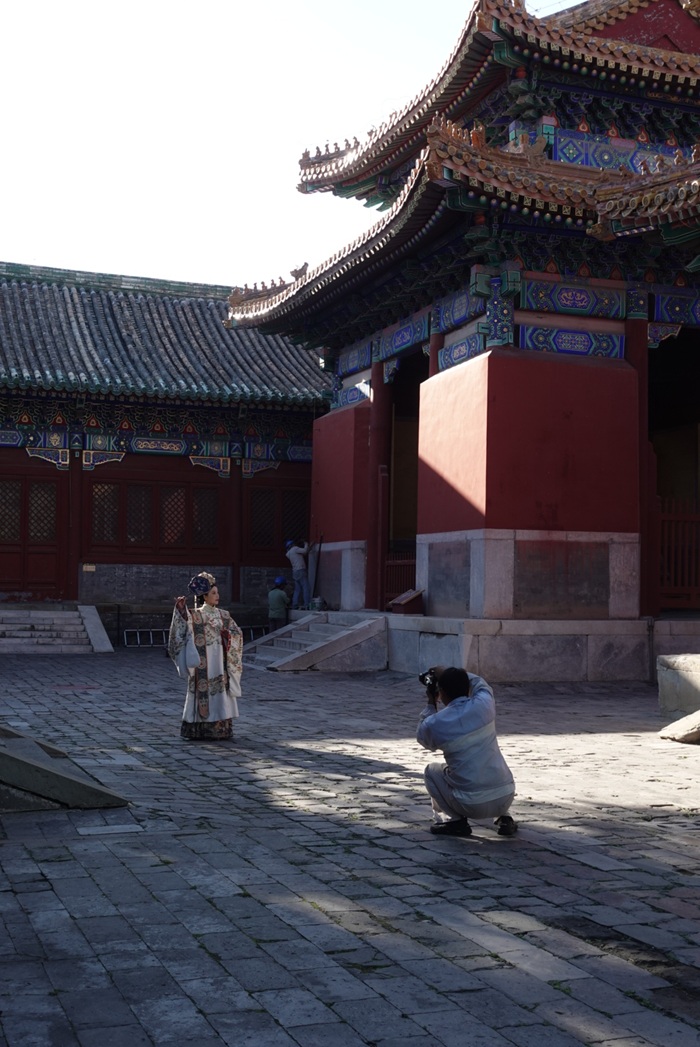
The Summer Palace
They say walls can speak, and strolling by myself up the stairs of the Tower of Buddhist Incense, I could hear the bustle of visitors mingling with the murmurs of the wooden pillars, stoic reminders of the opulence and influence of its past inhabitants. The Palace’s long history of reconstruction is a reminder that we can always rebuild ourselves, and we should never stop trying to find the light. The sunlight painting the front of the tower in a wash of gold preserves its rich history, one we savored in shared admiration.

The last flecks of sunlight speckle the water’s surface, hugging the Seventeen-Arch Bridge, or “十七拱桥,”(Shíqī gǒngqiáo) to create a perfect picture of harmony and balance amidst a hazy backdrop. Pictured is CET students weaving between the trees upon arrival. Before we embark on excursions, our teachers provide relevant material, so we can explore equipped with knowledge and vocabulary to better connect with the novelty of our encounters.
Glazed tiles are a staple in traditional palaces and government buildings all around China. Adorning the rooftops are vibrant hues, accompanied by ceramic statues whose presence indicates an official residence. Yellow tiles were reserved for the Emperor’s Palaces, which can be seen in this picture, manmade structures layering with the natural backdrop to create a mystifying view.
Gugong (故宫)
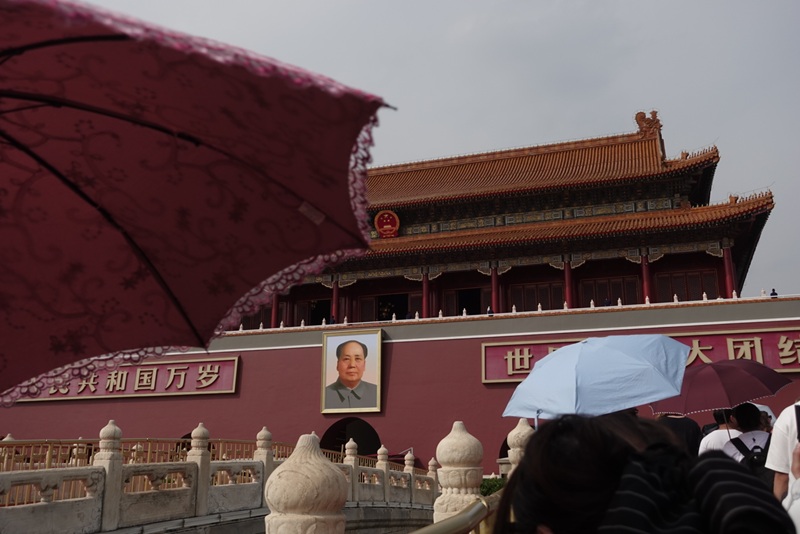
Tiananmen Square and the Forbidden City (故宫) reflect the epitome of symmetrical city planning so fundamental to the design of China’s cities, past and present. Accompanied by Mao Zedong’s portrait, the popular site is well known for its blend of traditional and modern constructions, even consisting of a manmade garden providing sprawling views. We explored the surrounding market streets and red palace walls, absorbing the liveliness of the crowds, colors, and cuisine immobilized in faded dissonance.
The Great Wall Experience
On a special trip with Middlebury students to hike the Great Wall, we stayed overnight at the rural village of Gubeikou nestled below the winding ruins of this wonder of the world. Entering through the corn fields, we were immediately transported into a simpler way of life filled with smiling local faces, a rustic sunset, and stray kittens galore.
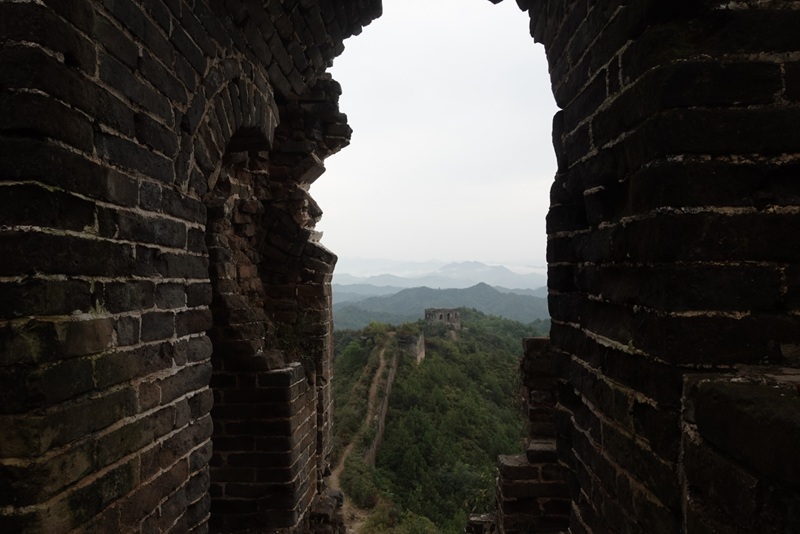
The colorful palettes of local produce greeted us upon our arrival, whisking us away on wings of subtle spices, soul-warming stews, and ears of fresh corn, a town staple that could be seen harvested and bundled on every doorstep. Being able to connect in such a communal way helped us bridge our cultural divides over steaming bread and rice, finding a home amidst the foreign setting.
Scaling the wall and the adjacent mountainside terrain, we were able to overlook the town shrouded in morning mist. Watching for and cheering each other on, we worked to conquer each flight of crumbling stone steps, taking in the views and the lingering dissonance of past conflicts that shaped each crevice of the wall’s exterior.

Serving as a protective measure since its fortification, this picture depicts the view from a watchtower of the Great Wall. Standing amidst the remnants as a tourist in the modern day was a striking, reflective experience. You perceive your place in history as you view the length of the wall, not just with your own eyes, but through the millions who stood with renewed spirit in remembrance of the hundreds of thousands who worked to construct such a massive feat.